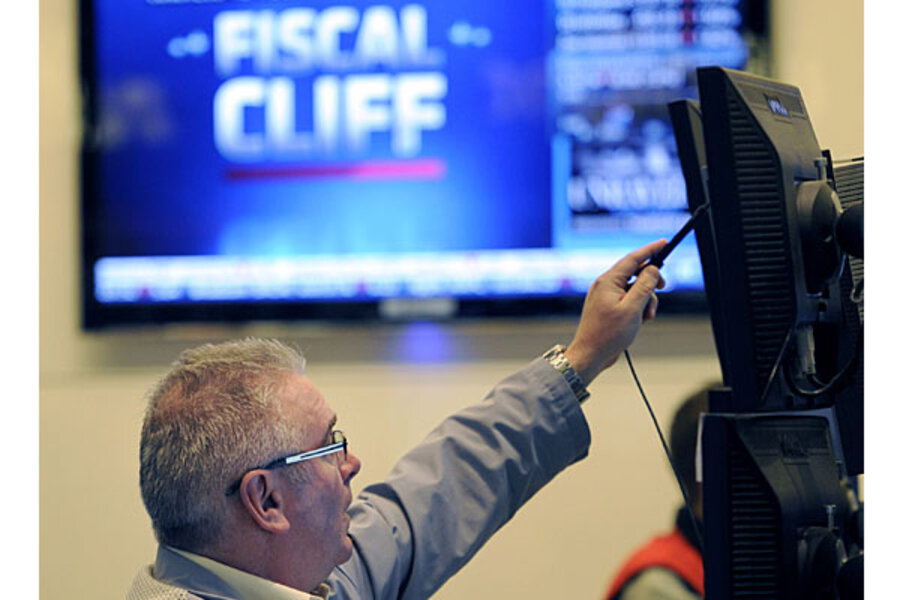If America were to take a full-on cliff dive, the CBO estimates that the US would enter a recession in 2013 with gross domestic product (GDP) shrinking by about half a percent for the year.
Unemployment would rise to north of 9 percent from just under 8 percent at present, and the economy would offer about 2.5 million fewer jobs than it would if all current policy was continued.
Nearly all government functions would see between an 8 and 10 percent cut – from the US Navy to federal emergency management to scientific research to education. The cuts aren’t targeted at less-valuable programs or services, everybody gets a piece.
Taxpayers would get hit, too. A household earning $50,000 per year would see its taxes grow by $2,000 in 2013, according to the Tax Policy Center.
With the eurozone teetering on the brink of another deep financial crisis and China’s growth slowing, the shock of the US entering another recession could reverberate around the globe and send the stock market crashing down.





